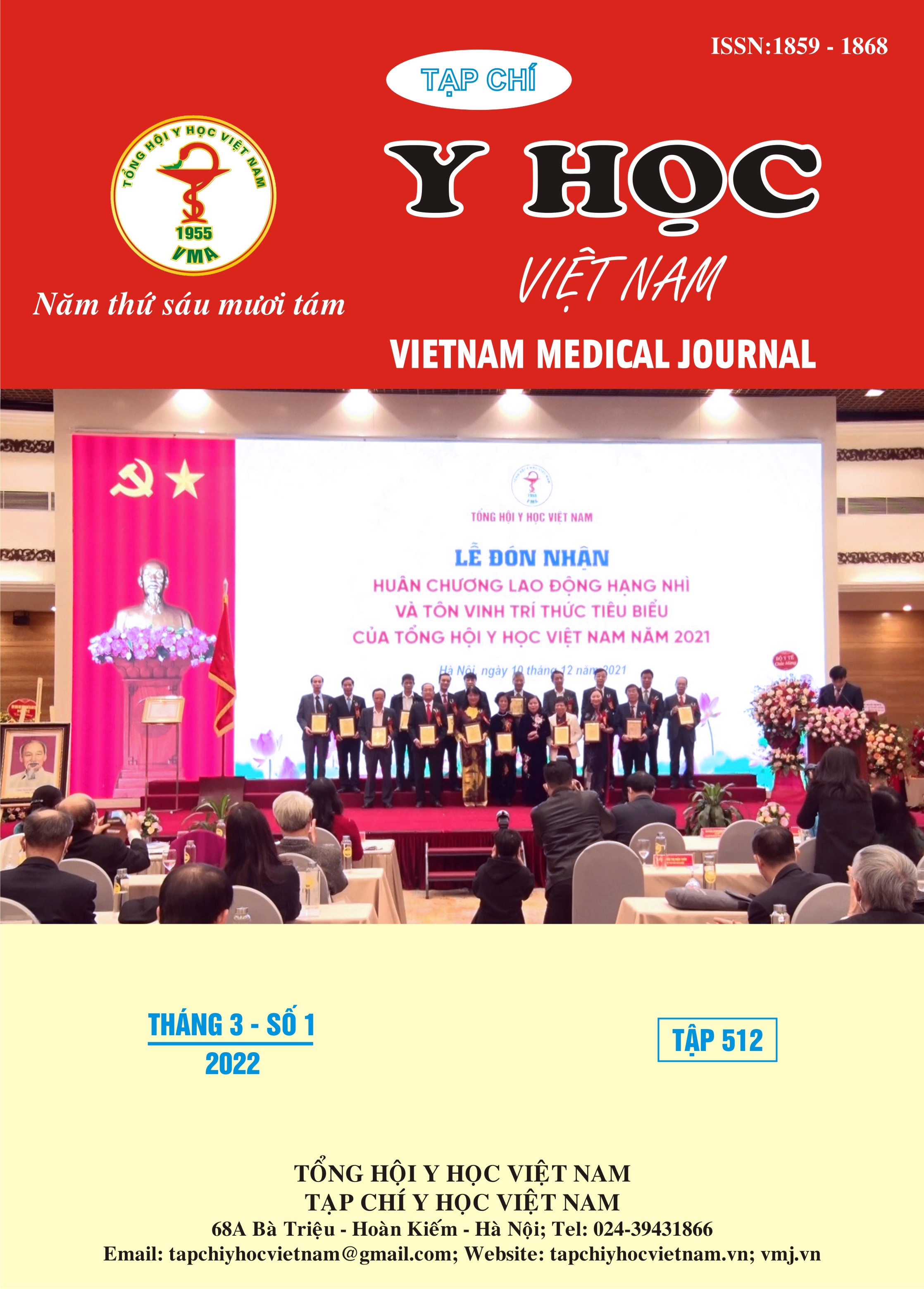THỰC TRẠNG NHẠY CẢM NGÀ TRÊN NHÂN VIÊN CÔNG TY HANVICO – HÀ NỘI
Nội dung chính của bài viết
Tóm tắt
Nhạy cảm ngà (NCN) là là cơn đau nhói thoáng qua xuất hiện trên phần ngà bị lộ khi gặp các kích thích ngoại lai như: kích thích nhiệt, thổi hơi, cọ xát, thẩm thấu hay hoá học mà không do bệnh lý hoặc khiếm khuyết răng miệng nào khác và ở răng bình thường thì mức kích thích đó không đủ gây đau (ADHA, 2001). Bên cạnh bệnh sâu răng và bệnh viêm quanh răng, thì nhạy cảm ngà đang là mối quan tâm hàng đầu của bác sĩ Răng Hàm Mặt1. Mục đích của nghiên cứu này là xác định thực trạng của hiện tượng NCN trên đối tượng là nhân viên công ty Hanvico tại thành phố Hà Nội. Nghiên cứu khảo sát trên 288 nhân viên công ty Hanvico đang làm việc tại Hà Nội. Kết quả như sau: Trong 288 nhân viên công ty Hanvico, nam chiếm 24,7%, nữ chiếm 75,3%. Tỷ lệ NCN chung là 24%. Tỷ lệ NCN cao nhất gặp trên nhóm tuổi 40-49 tuổi (30%), tiếp đó đến nhóm 30-39 tuổi (24%), nhóm trên 50 tuổi (18%), nhóm 20-29 tuổi gặp ít hơn (11%) và không gặp ở nhóm tuổi <20 tuổi. Khi nghiên cứu mối liên quan giữa tình trạng NCN và chế độ ăn thực phẩm có nhiều acid, sữa hoặc bổ sung calci thì không thấy có khác biệt giữa nhóm NCN và nhóm không nhạy cảm ngà (K-NCN). Nghiên cứu mối quan hệ giữa tình trạng NCN và một số điều trị bệnh răng miệng như lấy cao răng và phẫu thuật nha chu cũng không thấy khác biệt giữa nhóm NCN và K-NCN. Tuy nhiên, tình trạng mòn cổ răng gặp nhiều ở nhóm NCN (43%) so với nhóm K-NCN (9%). Không thấy mối liên hệ giữa tình trạng co lợi và mòn răng giữa nhóm NCN và K-NCN.
Chi tiết bài viết
Từ khóa
nhạy cảm ngà, đau, chải răng
Tài liệu tham khảo
2. Onchardson R, Gllam D.G. Managing dentin hypersensitivity. J Am Dent Assoc. 2006;37(7):990-998.
3. Rees. JS. The prevalence of dentine hypersensitivity in general dental practice in the UK. J Clin Periodontol. 2000;27:860-865.
4. Martínez - Ricarte.J, Faus - Matoses.V. Dentinal sensitivity: Concept and methodology for its objective evalution. Med Oral Patol Oral Cir Bucal. 2008;13(3):E201-E206.
5. Bartold P.M. Dentinal hypersensitivity: a review. Australian Dental Journal. 2006;51(3):212-218.
6. Nguyễn Thị Từ Uyên. Tình trạng quá cảm ngà răng của sinh viên Đại học Y Dược thành phố Hồ Chí Minh. Published online 2010.
7. Tống Minh Sơn. Nhạy cảm ngà răng ở cán bộ Công ty Than Thống Nhất, tỉnh Quảng Ninh. Tạp chí Nghiên cứu Y học. 2012;80(4):77-80.
8. Tống Minh Sơn. Tình trạng nhạy cảm ngà răng của nhân viên công ty Bảo hiểm Nhân thọ tại Hà Nội. Tạp chí Nghiên cứu Y học. 2013;85(5):31-36.
9. Trần Ngọc Phương Thảo. Mô tả tình trạng, tỷ lệ nhạy cảm ngà và một số yếu tố nguy cơ ở thành phố Hồ Chí Minh. Published online 2013.
10. Grippo. Role of biodental engngineering factors (BEF) in the etiology of root caries. J Esthet dent. 1991;3(2):71-76.


